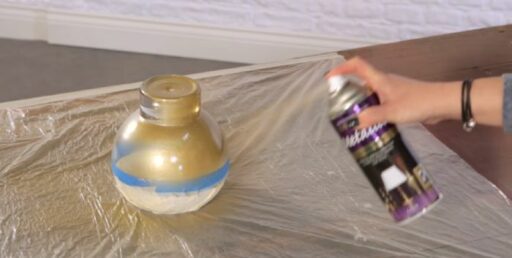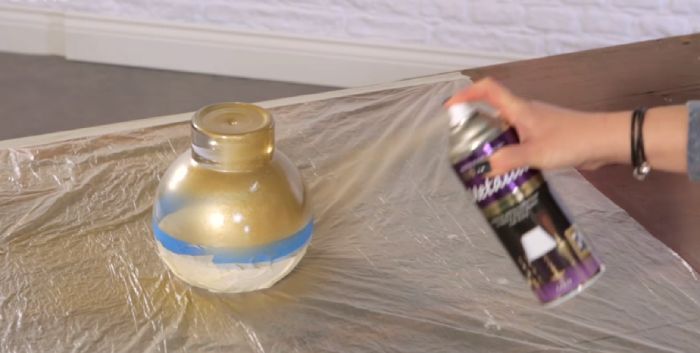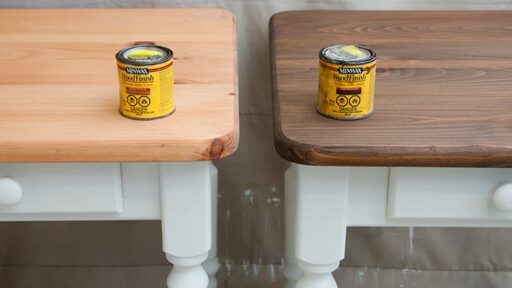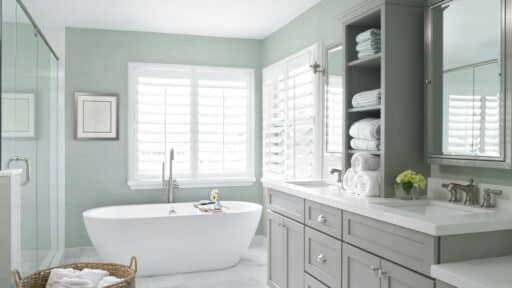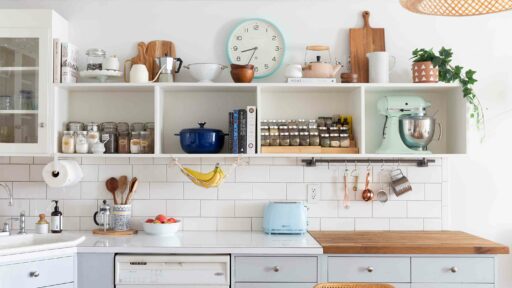Have a lot of spray cans at your disposal? Or are you looking for mess-free ways to paint glass? If yes, then you might be googling questions like can you spray paint glass? Will it last forever? Etc.
But do not worry. We are here to answer all your questions so that you can revamp all your glass vases, windows, or any glass objects in your house. Because your house deserves to reflect your personality, painting glasses with spray paint will do that.
The spray painting technique might look very overwhelming, but you can start off by maintaining the right distance before spraying, applying even and multiple strokes. Following the blog below, you can create beautiful, personalized glass pieces that change and uplift your décor or help you create art that you always imagined.
Things You Need to Spray Paint Your Glass
1. Collect Everything You Have
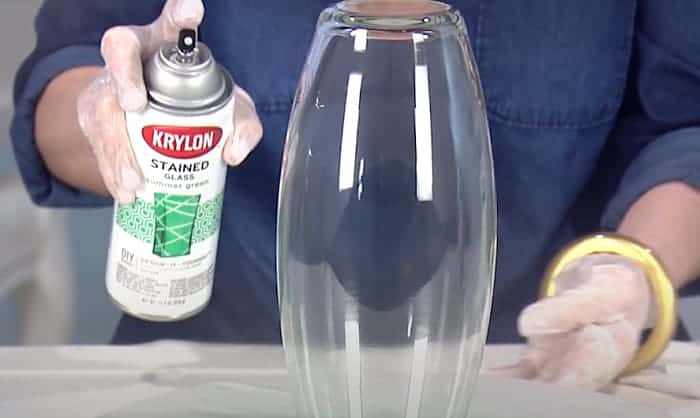
Can you spray paint glass? Well, yes, all you need to do is start from the basics.
The first thing you have to do is find everything you need. Find glasses, paints, and all the things you need to spray glass. First and foremost, on the list of things would be the selection of glass objects that are clean, dry, and free from any kind of dust or contaminants. Once you clean all the glass, it will become a smooth canvas for your creative projects. Remember to choose high-quality glass-specific spray paint in the colors that you want to have fun with.
These colorful paints are made to paint glass surfaces and give you vibrant and long-lasting results. You should also keep your safety in mind and wear personal protective equipment (PPE), including safety goggles to protect your eyes from any kind of splatters, and wear a respirator mask to protect against fumes and overspray.
You should also keep painter’s tape and stencils in hand. They will help you out with creating patterns or have clean edges with ease.
2. Prepare Your Painting Room
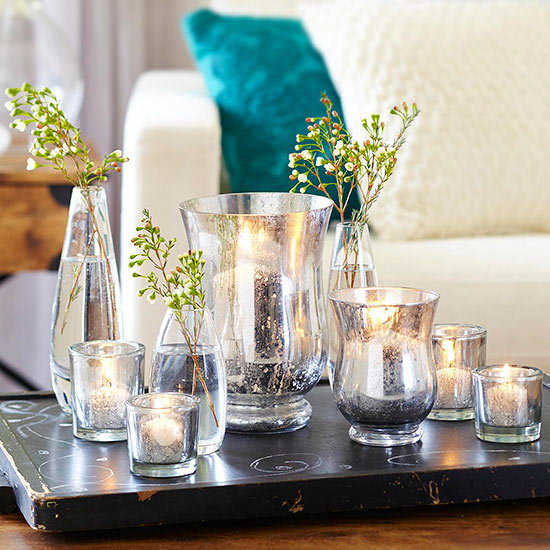
The first step you have to look forward to while you spray paint glass is preparing your workspace. You need to find a place that has a well-ventilated area, ideally outdoors, to ensure adequate air circulation and limited exposure to paint fumes.
You also have to cover nearby surfaces with drop cloths or plastic sheets to protect them from paint mist. Also, find a place that has adequate lighting because you will need adequate lighting for accurate painting, as it helps you identify any imperfections or areas that require attention.
3. Clean the Glass Surface
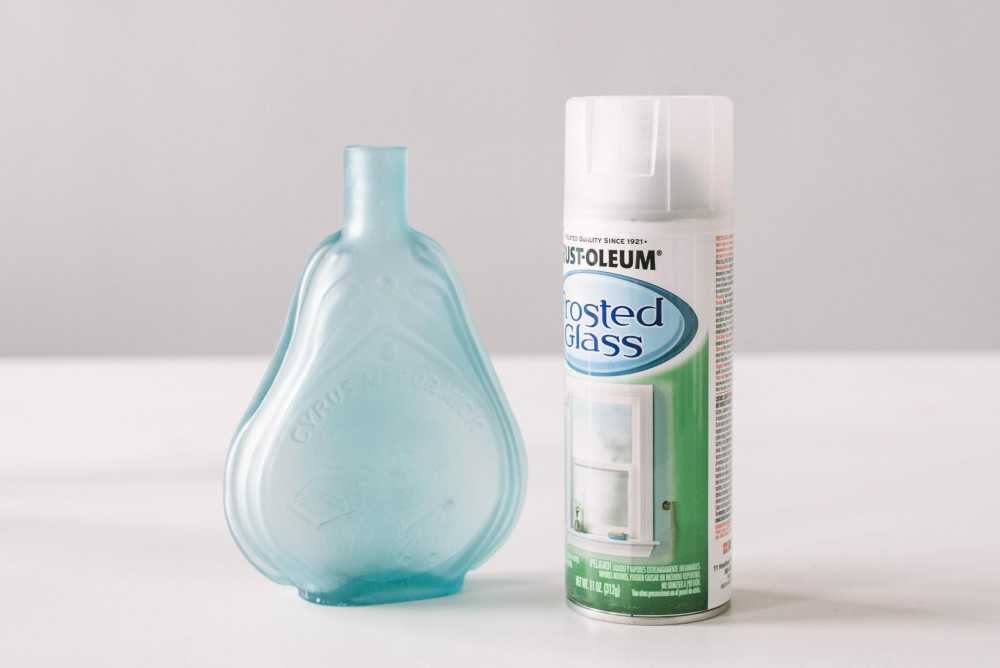
Before starting the painting process, you have to prepare the glass surface, as it is the cornerstone of achieving a professional finish. You can start by meticulously cleaning the glass with a glass cleaner and a lint-free cloth to eliminate dirt, oils, and fingerprints.
For glass surfaces that are exceptionally smooth, lightly sanding with fine-grit sandpaper can give the glass a texture, promoting better paint. Always read the paint manufacturer’s guidelines, apply a glass primer, and allow it to dry thoroughly before proceeding, ensuring your paint sticks securely.
4. Different Spray Techniques
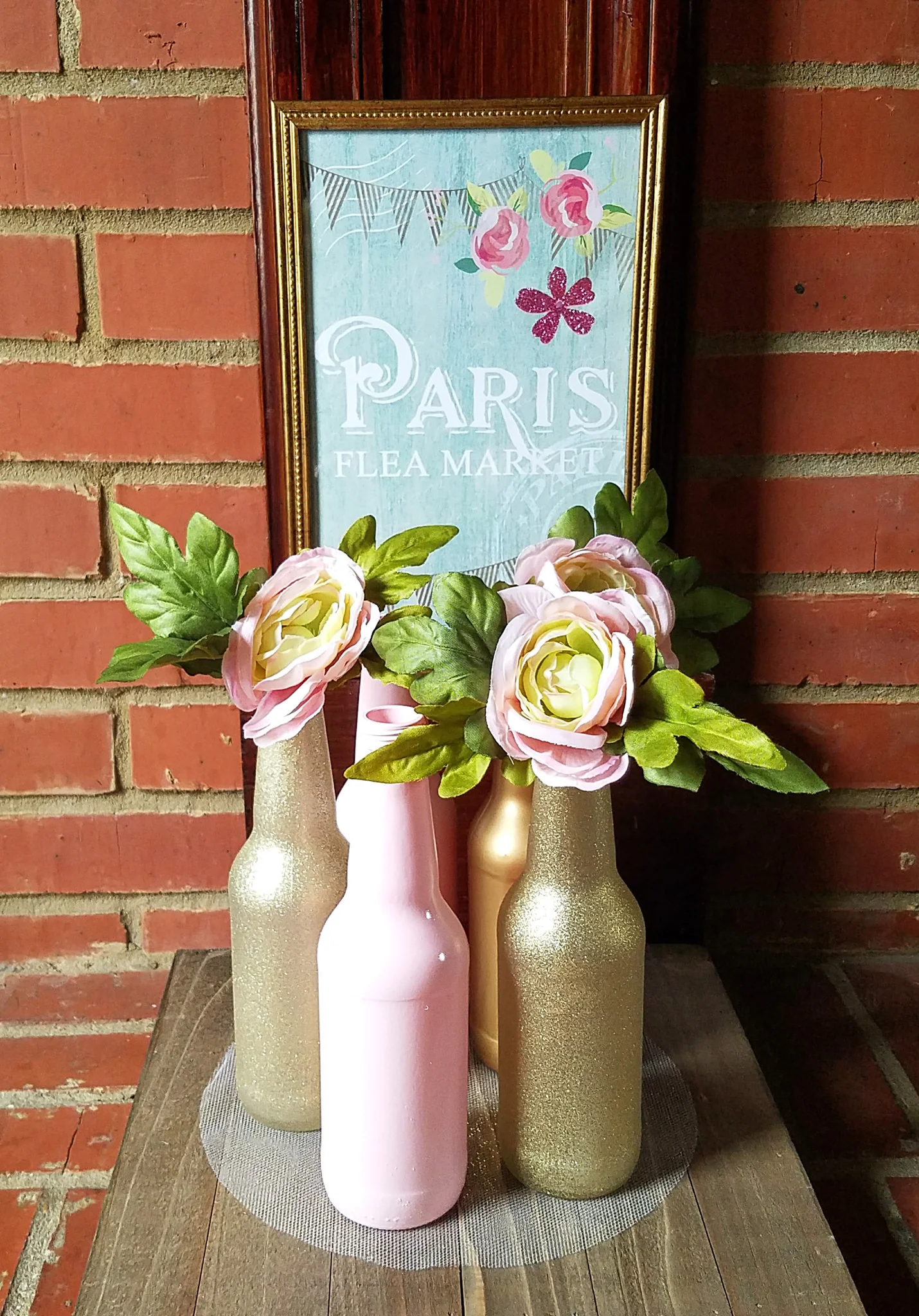
Starting by shaking the spray paint will give you all the answers to the question: can you spray paint glass vigorously for at least a minute to ensure thorough mixing? Testing the paint on a scrap piece of glass tells you to gauge the spray pattern and coverage, helping you achieve the look you want. Holding the spray can 8-12 inches away from the glass surface is very important for even application.
Apply the paint in smooth, overlapping strokes, moving consistently in a single direction to avoid streaks or drips. Have patience and use multiple thin coats, giving each one time to dry completely before adding the next layer. For projects that involve painter’s tape or stencils, remove them while the paint is still slightly wet to achieve crisp and clean lines. It is an insider tip but will uplift your painting game so much.
5. Give It Time to Dry
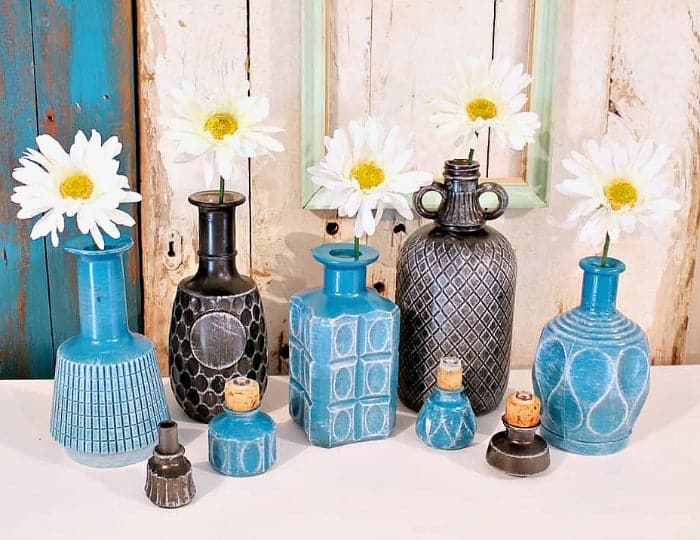
Once you have applied the paint, give it time to dry. After applying the final coat of paint, let your glass masterpiece dry for the recommended time. This is usually indicated on the paint can.
Some glass paints may necessitate curing for enhanced durability. One should follow the manufacturer’s instructions for curing, which usually involves baking in an oven at a specific temperature for a designated duration.
6. The 101 of Maintenance
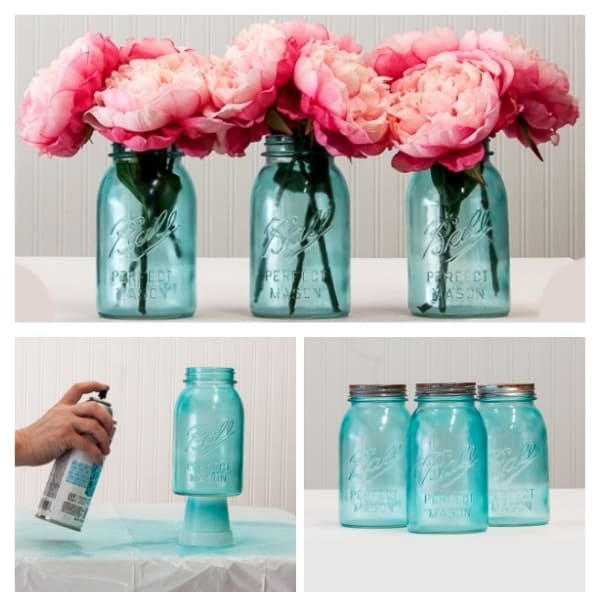
You have to maintain the glasses you have painted. To preserve your spray-painted glass, choose gentle hand washing using mild soap and water. Avoid using hard cleaning materials and harsh chemicals, which can compromise the paint’s integrity. Handle your painted glass objects with care to prevent chipping or scratching, ensuring the longevity of your artwork.
7. Keep the Temperature in Mind
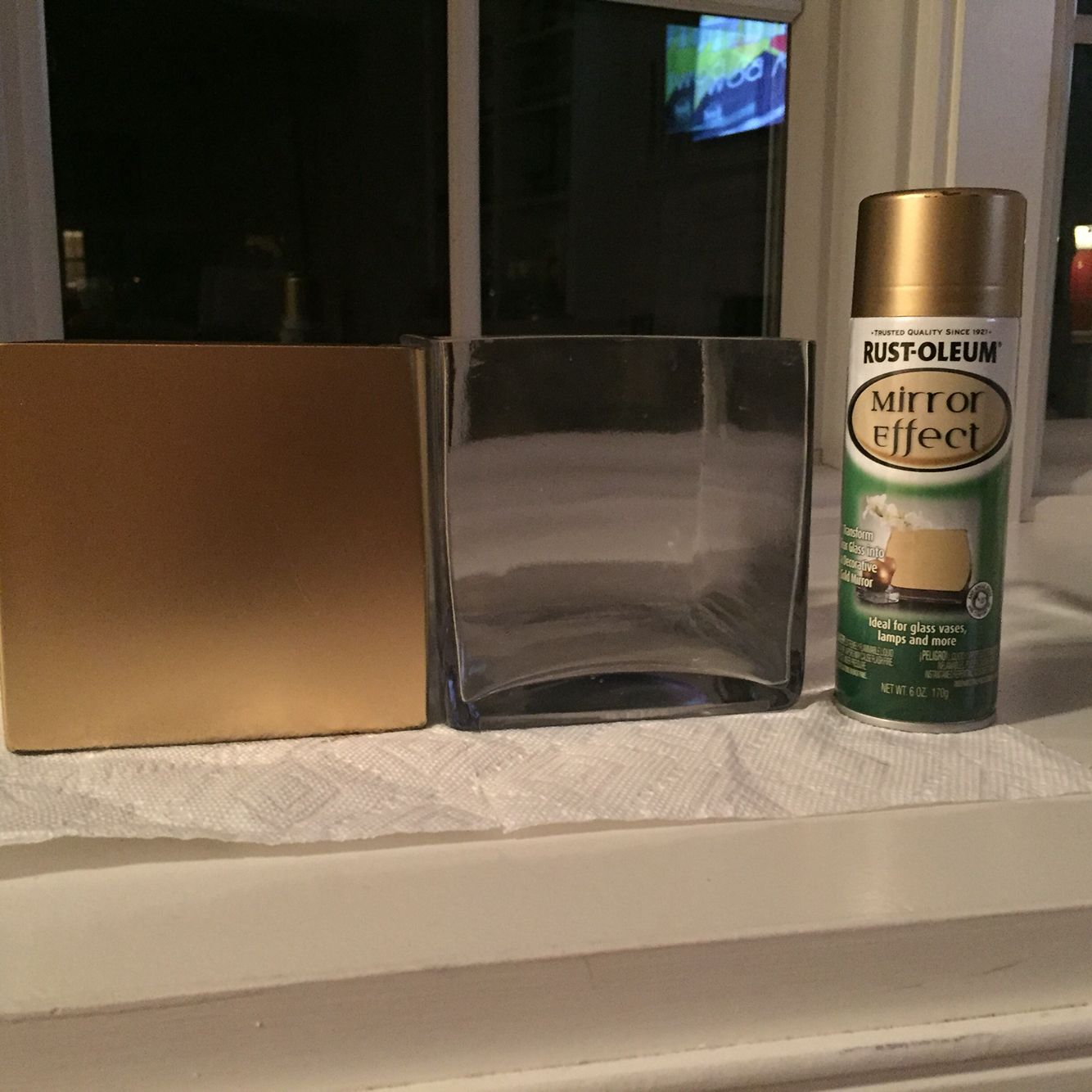
Can you spray paint at different temperatures? Yes, you can. Keep a keen eye on the ambient temperature and humidity levels during your project. Ideal conditions for spray painting usually fall within a specific range mentioned on the paint can label. Extreme cold or high humidity can affect paint drying, so make sure that your workspace remains within the recommended parameters.
By using these techniques and guidelines, you’ll not only achieve professional results but will also ensure that your spray-painted glass projects remain vibrant and beautiful for years to come.
8. Proper Ventilation
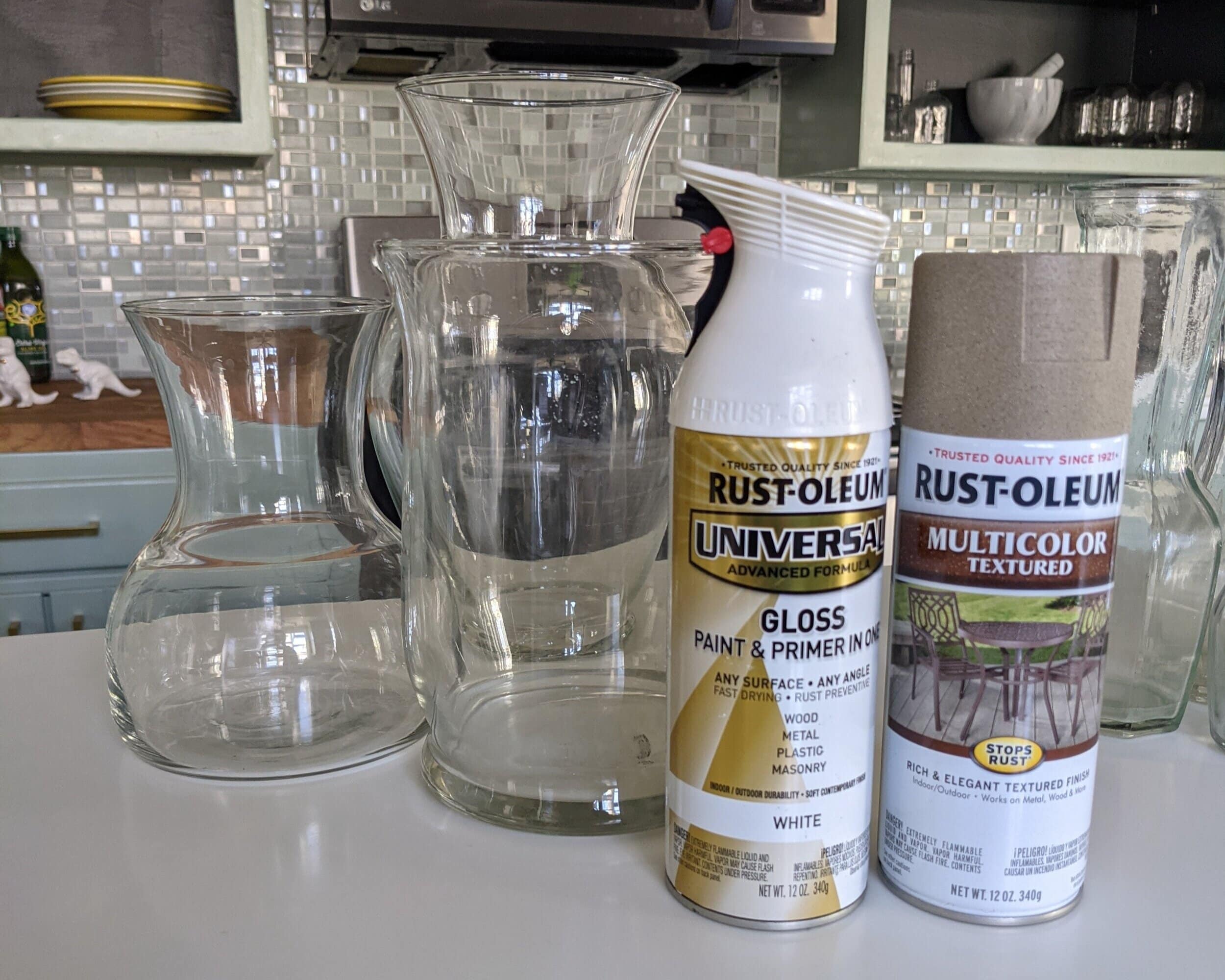
Can you spray paint without proper ventilation? No, you can not. It is a critical consideration during your glass spray painting journey. If you’re working indoors, it’s imperative to ensure the right kind of ventilation.
You can achieve this by using fans to circulate air or by opening windows and doors to maintain a constant supply of fresh air. This precaution not only reduces exposure to potentially harmful fumes but also helps in drying and curing the paint.
When it comes to glass spray painting, patience is the key. Rushing the process can lead to undesirable outcomes such as uneven coverage, drips, or imperfections in the finish. You can allow each coat of paint to dry thoroughly before applying the next. This might look small, but approach a more professional and flawless result that you’ll be proud to show off.
9. The Virtue of Patience
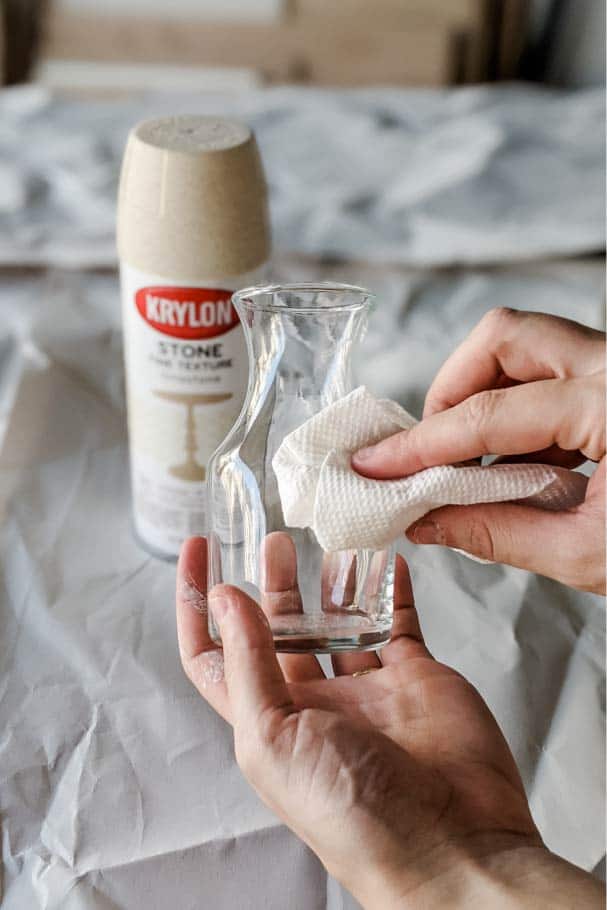
You can start off with experimentation and creativity, where the true magic of glass spray painting comes to life. Embrace the opportunity to explore a spectrum of colors, innovative techniques, and imaginative stencils to make designs that are uniquely yours.
With each project, you’ll uncover new possibilities and refine your skills, making each piece a testament to your artistic journey. See, practice makes perfect. If you’re new to the art of spray painting glass, don’t hesitate to practice on scrap pieces of glass. This will give you space to explore and become familiar with how the paint looks on glass surfaces and help you refine your technique.
Over time, your proficiency will grow, enabling you to tackle more ambitious projects and produce stunning glass creations that reflect your evolving expertise and creativity.
10. Go All out
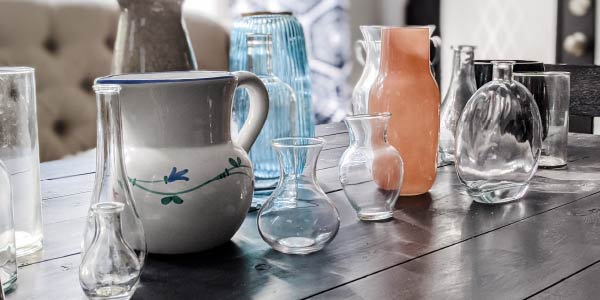
Experimentation and creativity are the pillars of making your glass painting magical. Don’t be scared to venture into uncharted territory, experimenting with an array of colors, techniques, and stencils. Mix and match hues, blend gradients, or try your hand at intricate designs.
Spray painting on glass gives you an exciting platform to express your artistic vision in real life. Whether you’re aiming for vibrant, stunning patterns or subtle, elegant motifs, the sky’s the limit.
11. Practice Practice Practice
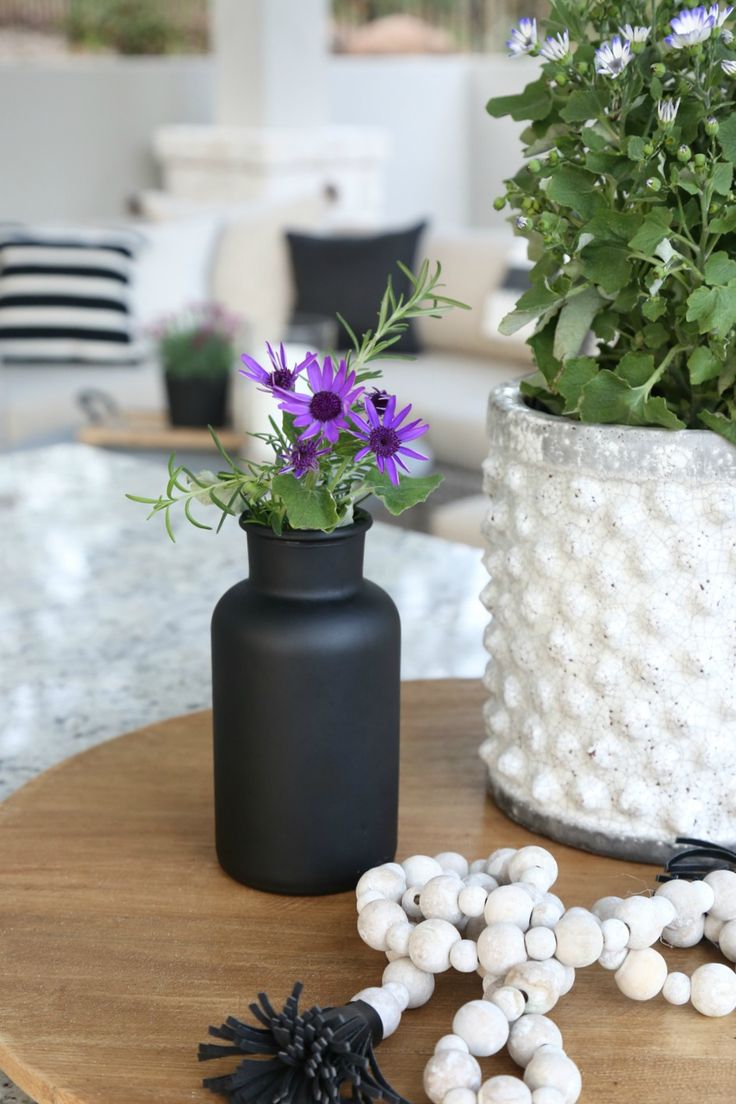
Every art deserves practice. A lot of it. Remember, as with any art form, practice makes perfect. If you’re new to spray painting glass, it’s perfectly normal to start with a few trial runs. Start off by practicing on scrap pieces of glass to become used with how the paint behaves. This first-hand experience will help you gain confidence but also allow you to refine your skills.
Different Types of Spray Glass Paint
1. Glass-Specific Spray Paint
Glass-specific spray paint is designed for application on glass surfaces, giving you exceptional adhesion. It boasts versatility with various finish options that are glossy, matte, and frosted. Once applied, this specialized spray paint dries to a resilient and impeccably smooth finish. It’s an ideal choice for those who want to transform glass into stunning works of art or functional decor, ensuring lasting beauty and durability in the process.
2. Transparent Glass Paint
Transparent glass paints are specially formulated to mimic the look of stained glass. They impart vibrant colors to glass surfaces while maintaining transparency, enabling light to shine through. These paints are a favorite for painting decorative glass items like faux stained glass windows or delicate glass ornaments. Their ability to transform ordinary glass into beautifully colored pieces makes them a popular choice for artistic flair to various projects.
3. Chalkboard Spray Paint
Chalkboard spray paint can transform any glass into writable surfaces with a matte black finish. It is perfect for crafting menus, message boards, or creative designs on glass, and it offers a versatile and fun way to create functional and decorative elements while fostering a playful, interactive space.
4. Frosted Glass Spray Paint
Frosted glass spray paint is formulated to create a frosted or etched look on glass surfaces. It’s usually used to uplift privacy on windows and to lend an elegant, decorative touch to glassware and various glass objects.
5. Mirror Effect Spray Paint
Mirror effect spray paint transforms glass surfaces into reflective, mirror-like finishes. Made for enhancing glass decor or repurposing old glass into functional mirrors, it adds a touch of elegance and glamor to various projects. This paint’s versatility and ease of use make it a popular choice for DIY enthusiasts and decorators.
6. Stained Glass Spray Paint
Stained glass spray paints are specialized paints that replicate the look of traditional stained glass. Available in a wide array of vibrant colors, these paints enable artists and craft enthusiasts to craft intricate and colorful designs on glass surfaces.
7. Translucent Spray Paint
Translucent spray paints, semi-transparent in nature, introduce color and a delicate frosted effect to glass surfaces. These spray offer an ideal solution for getting a gentle, diffused appearance while permitting the passage of light. They are often favored for projects that call for a subtle and elegant aesthetic on glass.
8. High-Heat Spray Paint
High-heat spray paints are made to endure elevated temperatures, making them ideal for glass surfaces on items such as fireplaces and stovetops. Their heat-resistant properties make sure that the painted glass maintains its appearance and durability even in environments with significant heat exposure.
9. UV-Resistant Spray Paint
UV-resistant spray paints give protection from sun damage, making them ideal for outdoor glass projects like garden decor and window trim. Their durable formula makes sure that the colors remain vibrant even with prolonged exposure to sunlight.
10. Multi-Surface Spray Paint
Versatile spray paints are perfect for glass and suit diverse projects, and they offer flexibility for creative endeavors. Their strong adhesion and compatibility with multiple surfaces make them a go-to choice for DIY enthusiasts and artists who want adaptability in their craft projects and artistic expressions. When you are choosing a spray paint for your glass project, consider factors such as the desired finish, transparency, and intended use.
Conclusion
Spray painting glass is a great way to explore your creativity. With the right kind of materials, techniques, and a touch of patience, you can change ordinary glass surfaces into extraordinary works of art or uplift your home décor with a burst of color and personality that screams you.
So, what are you waiting for? Pick up that spray can, let your imagination soar, and start with your exciting journey of spray painting glass. With love and practice, you’ll make stunning glass art that will be adored and talked about for years to come. The art will also act as a conversation starter and become a part of your life.
Are you curious about painting and how things really work? Then follow along our blogs to learn more about the ways in which you can change your space all by yourself.

